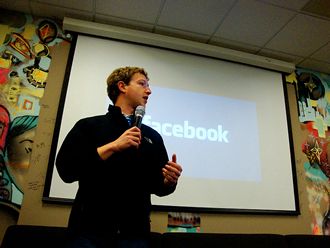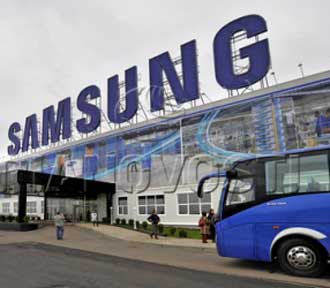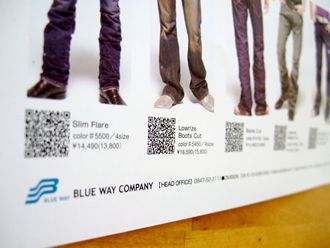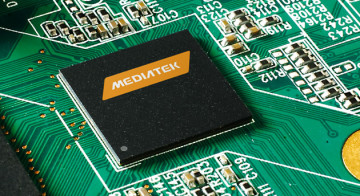 Taiwan’s MediaTek is leading the Chinese low cost smartphone boom and providing chips that are shaking up the industry.
Taiwan’s MediaTek is leading the Chinese low cost smartphone boom and providing chips that are shaking up the industry.
After missing out on the first wave of smartphones, MediaTek is now a $23 billion purveyor of systems on a chip packages to the budget challenged.
MediaTek “system-on-chip” saves phone makers the cost of finding and testing parts to match the chips they buy. That in turn allows them to cut prices.
MediaTek says its system-on-chip has won it the patronage of every phone brand bar Samsung and Apple. And its main success story was the low-priced smartphone maker Xiaomi Technology which became the industry’s No.3 in just three years.
Chief Financial Officer David Ku told Reuters that MediaTek was like McDonald’s. McDonald’s gives you all the equipment you need, and the initial cost for you is lower.”
The outfit’s market value has risen 125 percent to $23.39 billion in less than three years and it works with 200 Chinese component makers and handset assemblers.
MediaTek built up its supplier network in the feature phone era. At that time, it says, larger rivals sold chips to big phone makers which would employ thousands of engineers to find and test components such as screens for the chips to operate.
To differentiate between its rivals, MediaTek began recommending hardware for its chips and targeting companies with limited means of sourcing and testing components independently. That lowered the barrier to enter the phone business, reduced costs and helped handsets reach the market quicker.
MediaTek adds reference designs to basic chip architecture, enabling components to work together. It contracts fabs – or chip factories – to make the chips, which it sells to phone makers along with a list of compatible sensors, microphones and other hardware.
What might cause MediaTek problems is the growth of 4F. It still trails Qualcomm in the technology and needs to catch up before it can enjoy any similar success.
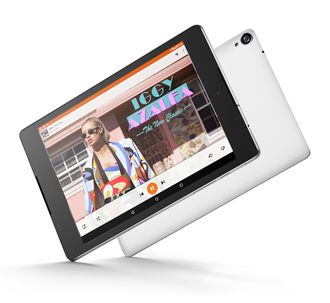 A report by financial analysts at Seeking Alpha suggests that Google has come adrift with its smartphone hardware strategy.
A report by financial analysts at Seeking Alpha suggests that Google has come adrift with its smartphone hardware strategy.